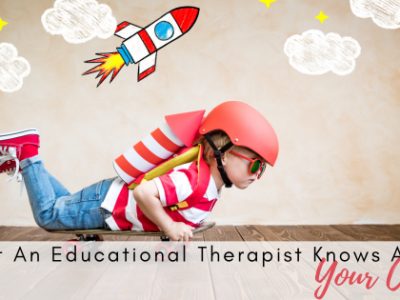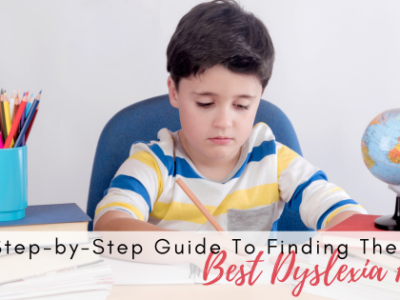
7 Things You Can Expect From The Best Schools For Dyslexia
Dyslexia is a common learning disability; statistics show it affects approximately one in every five people. Once parents are aware that their student has dyslexia, one of the best things to do is to seek support. Support can come in many forms. In the US, some private schools are dedicated to teaching students with dyslexia. In addition, some public schools have resources and staff to help students with learning disabilities. It is likely that parents of a child with dyslexia might also seek additional academic help for students in the form of dyslexia therapy. From connecting with instructors to implementing strong reading strategies, there is so much to consider as a dyslexic student begins a journey to gain support and skills. Here are 7 things you can expect from the best schools for dyslexia:
- Overlearning: Overlearning might sound a bit over the top, but in this case, it’s a good thing. In a typical general education classroom, learning can move along pretty quickly. In order for students with dyslexia to find success, they often need to practice and review foundational skills for mastery. This kind of extra practice work is essential for students with dyslexia. Revisiting skills like short vowels and consonant blends might seem repetitive, but in order for students with dyslexia to truly master reading skills, repetition and consistent practice is a key component. In this case, overlearning isn’t a bad thing; it’s a necessary approach for students to succeed.
- Multi-sensory delivery: Students with dyslexia tend to achieve more academic success when instruction is delivered using more than one sense at a time. Multi-sensory instruction integrates visual, auditory, and motor processing with an explicit understanding of the English language; this approach helps to provide dyslexic learners with a solid foundation in written language skills. Multi-sensory learning can be done with kinesthetic activities like using manipulatives, tapping out the syllables of words, or writing on a white board, while also listening to and repeating words aloud.
- Making it fun: Adding creative methods can be a game changer for students with dyslexia. Mixing up academic work with games or songs that use rhyming and repetition can be great teaching tools. Making a game of matching syllables to rhythm can be an effective, entertaining way for students to interact with words more. When students enjoy their connection with instructors and the activities in their lessons, it leads to great results.
- Trusted, tried, and true methods: Orton-Gillingham-based dyslexia programs are comprehensive interventions for students with dyslexia that achieve positive outcomes. Programs like these can help students to attain better word recognition, fluency, and comprehension. Language skills therapy is a systematic, intensive form of literacy instruction for dyslexic students that provides instruction in phonemic awareness, decoding, fluency, vocabulary, and even handwriting.
- Highly qualified professionals: Whether your student is working one-on-one or in a group setting, it is important that instruction is done by well trained professionals, experienced with dyslexia. The highest level of trained dyslexia professionals are known as Certified Academic Language Therapists (CALTs). These instructors are qualified to implement therapeutic grade dyslexia intervention programs, and they work with students to provide diagnostic, explicit, systematic, multi-sensory structured language strategies. Working with a CALT can build a student’s accuracy, knowledge, and independence in reading.
- Results-driven: Measuring student success is essential for understanding the effectiveness of any dyslexia program. In a program like Dyslexia on Demand, CALTs review comprehensive evaluation reports and academic samples from each student. In turn, CALTs then administer assessments to measure students’ academic skills. Having baseline documentation is foundational for gaging students’ growth. The performance of students helps to determine prescriptive interventions. This helps to create high levels of accuracy and fluency in language skills.
- Intensive: Working with students at a high frequency rate over a sustained period of time is most effective. Repeated practice and performance can help dyslexic students to develop accurate and fluent reading with good comprehension. An online service like Dyslexia on Demand is unique in that it offers students one-on-one or group therapy appointments four times-per-week.
Get in touch with the experts at Dyslexia on Demand to learn more about the kinds of programs available to help your student.







